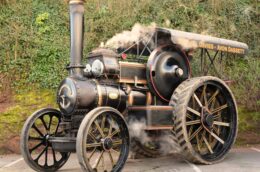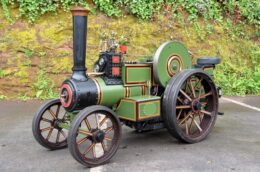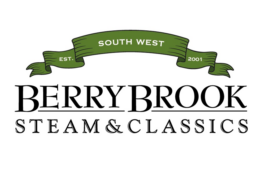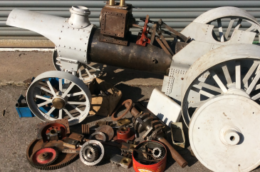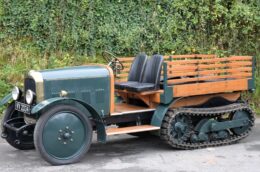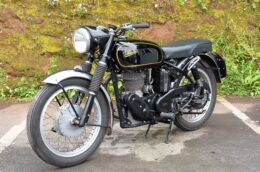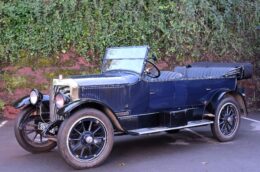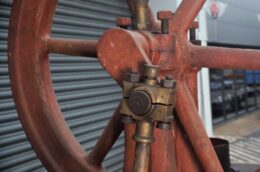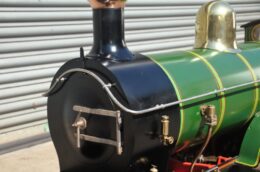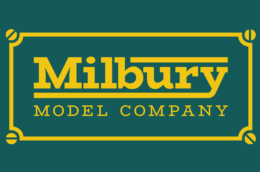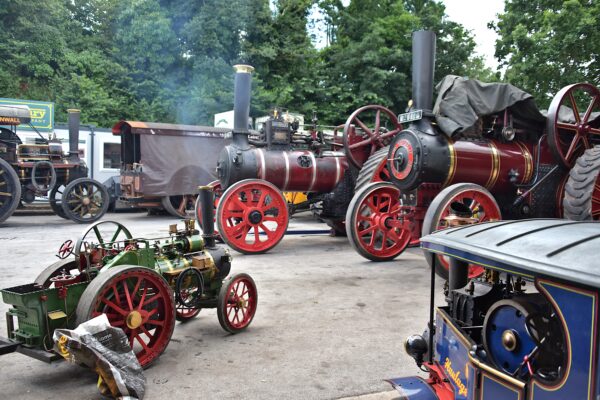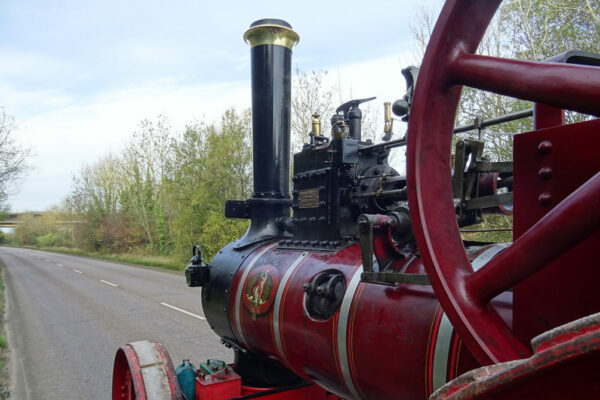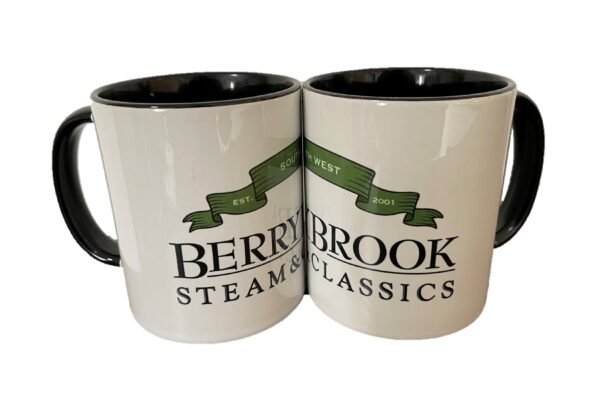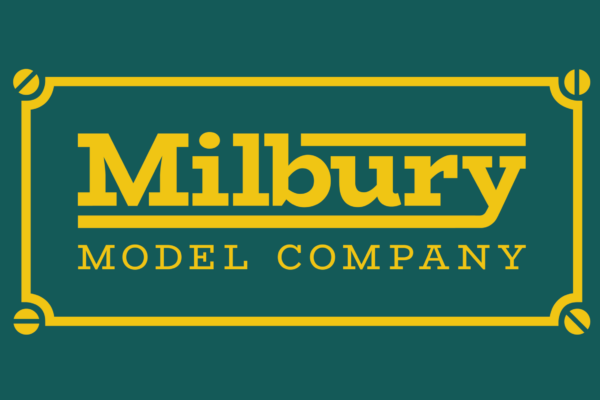Miniature Traction Engines: Scaling and Sizes
The question on the tip of almost every newcomer’s tongue… what do the scales mean? Today’s article is about answering that question!
Since the building of miniature and live steam model traction engines became commonplace amongst model engineers in around the 1960s, they have been referring to the relative sizes of miniature road steam traction engines by the number of inches presented for every foot of their full-size counterpart (AKA prototype).
Consider full-sized traction engines as being 12 inches (12″) to the foot!
For instance, taken very literally, if a full-sized traction engine had a back wheel diameter of 6ft, we would expect a 6-inch scale counterpart of that same traction engine to have a back wheel diameter of 3ft. With 12 inches in every foot, 6-inch scale quite literally involves dividing the dimension by two.
A miniature traction engine based on the same full-sized traction engine, but 4-inch scale would have a rear wheel diameter of 2ft as you divide the 6ft by the three, as 4-inches go into 12-inches (1ft) three times. Taken further, a 2-inch scale example of the same design would have a wheel diameter of 1ft (see photo 1).
It is all relatively simple maths but, understandably, it’s not always clear when we refer to miniature traction engines by scale alone with no reference to inches per foot!
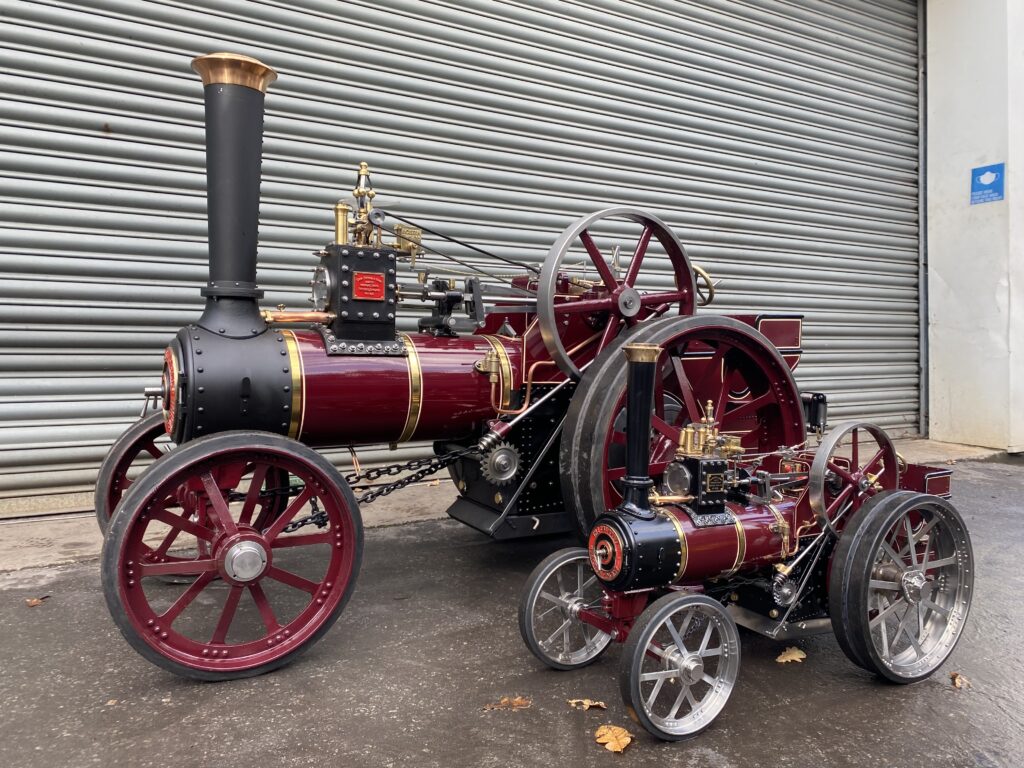
The back wheel is one obvious dimension of the thousands around a traction engine; however, if you apply that same mathematics to every dimension found on the drawings of the full-size original, it would be possible to build a miniature equivalent!
Although simplistic in theory, physics doesn’t always work that way so model engineers need to account for the fact that you cannot scale pressure, water molecules or temperature. For that reason, the designs of large-scale miniature traction engines are often ‘tweaked’ somewhat to make them operational.
Common scales tend to follow; 1”, 1 ½”, 2”, 3”, 4”, 4 ½”, 6” and 9” scale. We have also seen engines outside of those mainstream scales, such as those built to 5” scale, ½” scale and even up to 10” scale. It tends to reason that model engineers often build to scales which made for easy calculations being factors (or easily divisible by factors) of twelve.
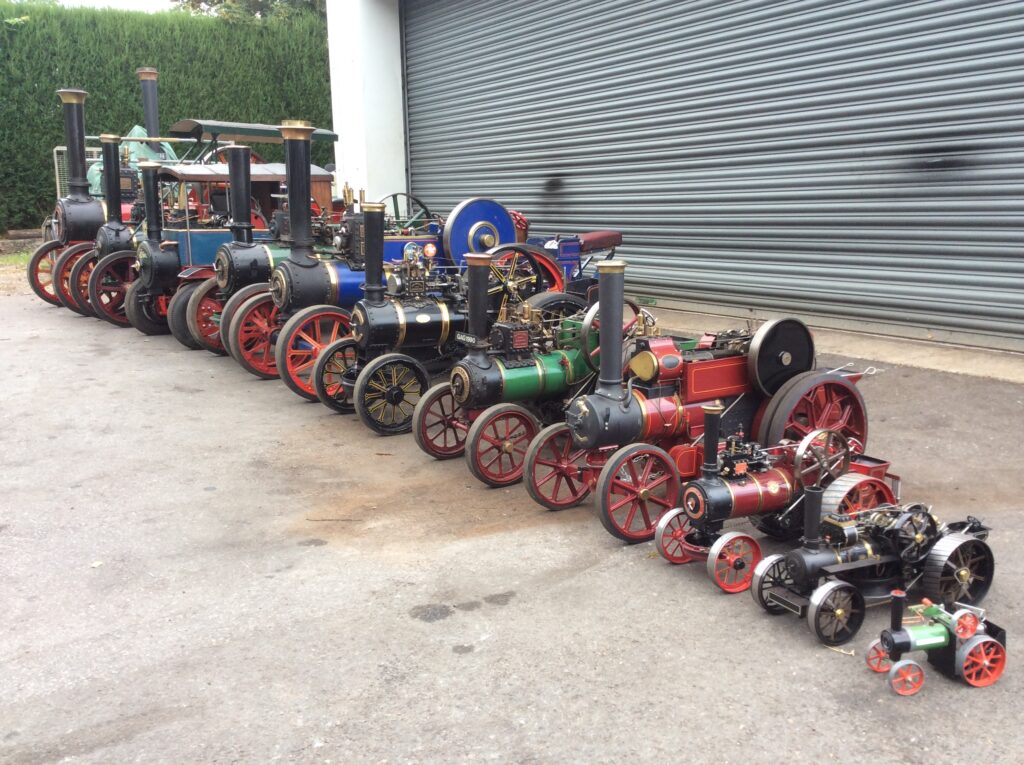
The final part of this puzzle of scaling follows; why do miniature traction engines of a single scale vary so much in size?
Take the popular 4-inch scale range for instance; at the largest end you have the 4-inch scale Road Locomotive with three-speeds, two cylinders, a large boiler and often weighing towards 1000kg. At the other end of the 4-inch scale range, you have the diminutive Steam Tractors which are built much lighter with a smaller boiler and often weighing no more than 200/300kg at most. The reason for this is due to the vast size differences in their full-size prototypes…
A full-size Road Locomotive is a large machine designed to pull huge loads and often weighs upwards of 15 tons. Steam tractors, on the other hand, were usually no more than 5 tons and were made much smaller to be manageable by a single driver. The tractors were still very capable engines but were designed for a very different role. Once we apply that knowledge to the scaling above, we see why some 4-inch scale traction engines are bigger than others – they are based on a different full-size prototype!
Hopefully, having read this article, you are now a little more comfortable understanding where the scales come from when referring to miniature traction engines! We warn you, at this stage, not to apply the above knowledge to miniature railway locomotives which follow a whole different set of rules… we’ll come back to that one later!
Key Terms
Full-size Traction Engine: an original or replica traction engine built to the dimensions recorded on the original drawings by a traction engine maker.
Miniature Traction Engine: A scaled down version of a full-size traction engine. Also often referred to as large scale miniatures or models.
Toy Steam Engine: A very small miniature steam engine built to be a toy, rather than based on a specific design. For instance, Mamod, Wilesco etc.
Freelance Miniature Traction Engine: A miniature traction engine which is comparable in size to a miniature but that has not been based on any specific full-size so is not of a specific scale. They are often described as being ‘approx. X inch scale’ to give a perspective of the rough sizing.
Prototype: The original upon which the miniature was based. See ‘Full-size traction engine’.

